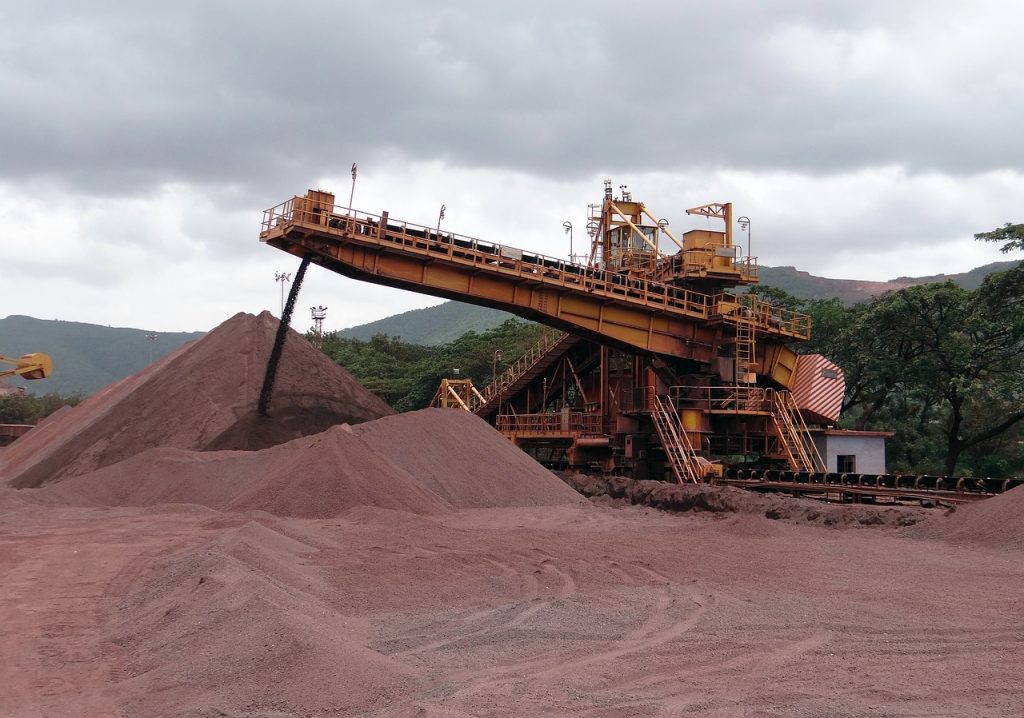Chinese Investors Boost Zimbabwe’s Lithium Capacity, Fueling Global Market Growth

Multiracial youth having fun in a park. Group of friends of various ethnicities. High quality photo
Zimbabwe’s lithium industry is experiencing a rapid expansion, driven by substantial investments from Chinese companies such as Zhejiang Huayou Cobalt, Sinomine Resource Group, Chengxin Lithium Group, and Yahua Group. With approximately $1 billion invested in the past two years, these Chinese investors are racing to secure lithium supplies for battery electric vehicles and the green revolution.
As Chinese companies face production constraints in their home country, Zimbabwe has become an attractive destination to secure future lithium supplies. The influx of investments is expected to increase the country’s lithium carbonate equivalent (LCE) production capacity from 13,000 tons per year in 2022 to a projected 192,000 tons per year of petalite and spodumene by 2027, as analyzed by Cameron Hughes, a battery markets analyst at CRU.
These investments are poised to position Zimbabwe as the world’s fifth-largest primary producer of lithium by 2025, trailing only Argentina and contributing more than both Canada and Brazil. While Zimbabwe holds substantial lithium deposits, mining of the metal has been limited to petalite at Bikita Minerals since the 1950s. However, with Sinomine’s $180 million acquisition of Bikita Minerals and the subsequent $300 million expansion of petalite and spodumene capacity to over 90,000 tons LCE per year, the lithium industry is witnessing significant growth.
Zimbabwe’s lithium capacity could account for about 11% of global LCE production within five years, up from a mere 2% in 2020, as estimated by Martin Jackson, head of battery raw materials at CRU. The speed at which Chinese investors have brought lithium to the market has surpassed expectations.
Chinese manufacturers’ capability to blend petalite and spodumene concentrates into battery-grade material has made Zimbabwean deposits even more attractive for investment. More investments from China are expected as the interest in Zimbabwe’s lithium reserves continues to grow.
Despite the immense potential, the profitability of marginal projects could be impacted by softening lithium prices. Full utilization of the increased capacity will depend on lithium demand and market conditions.




